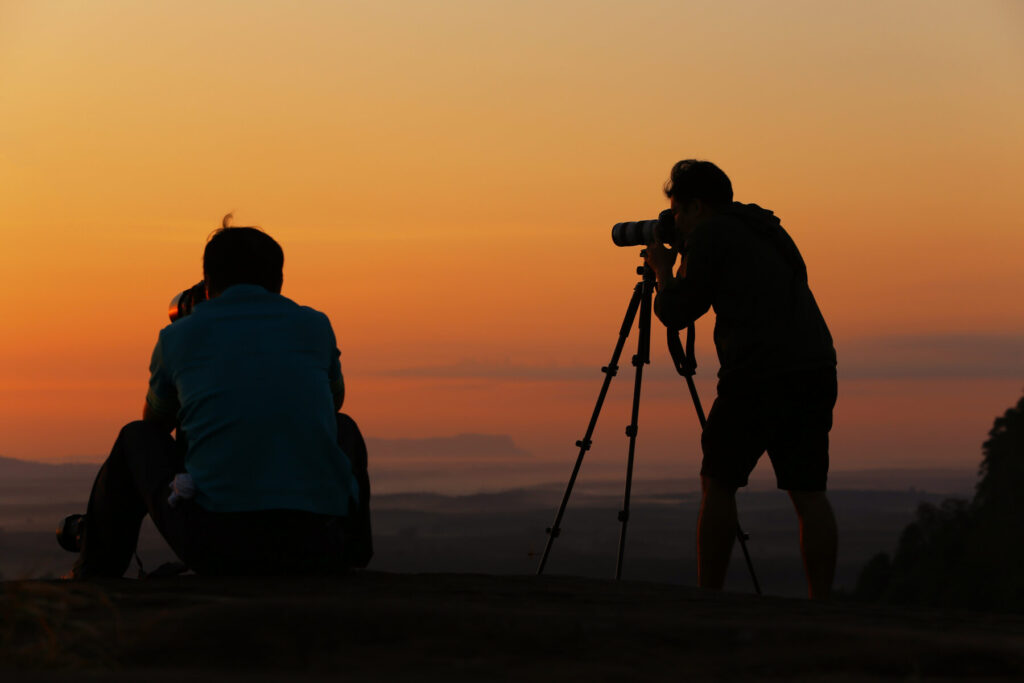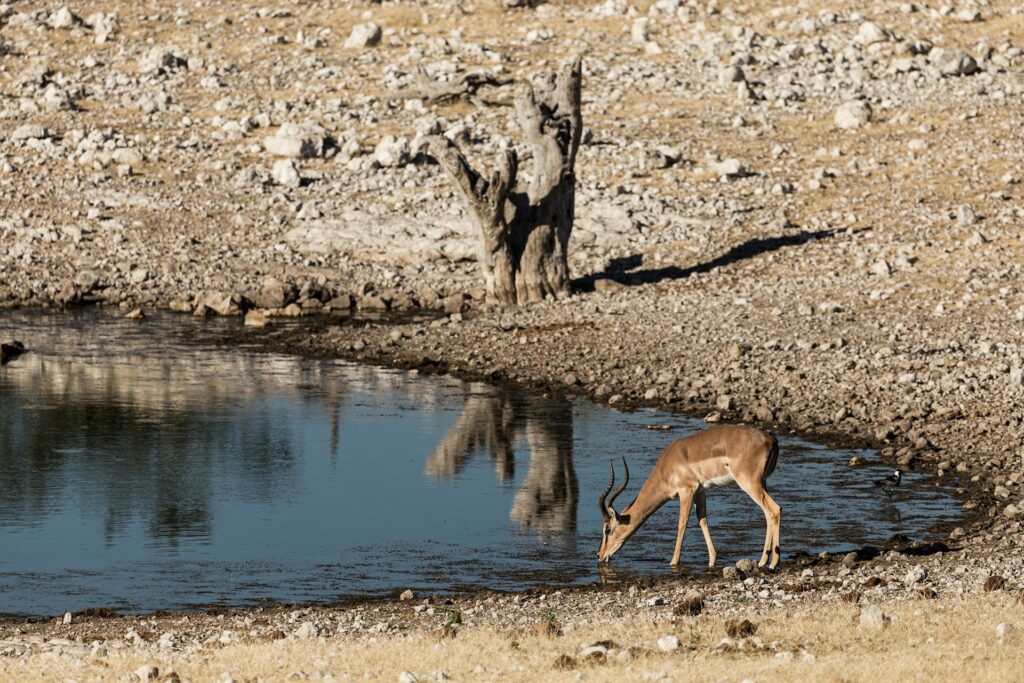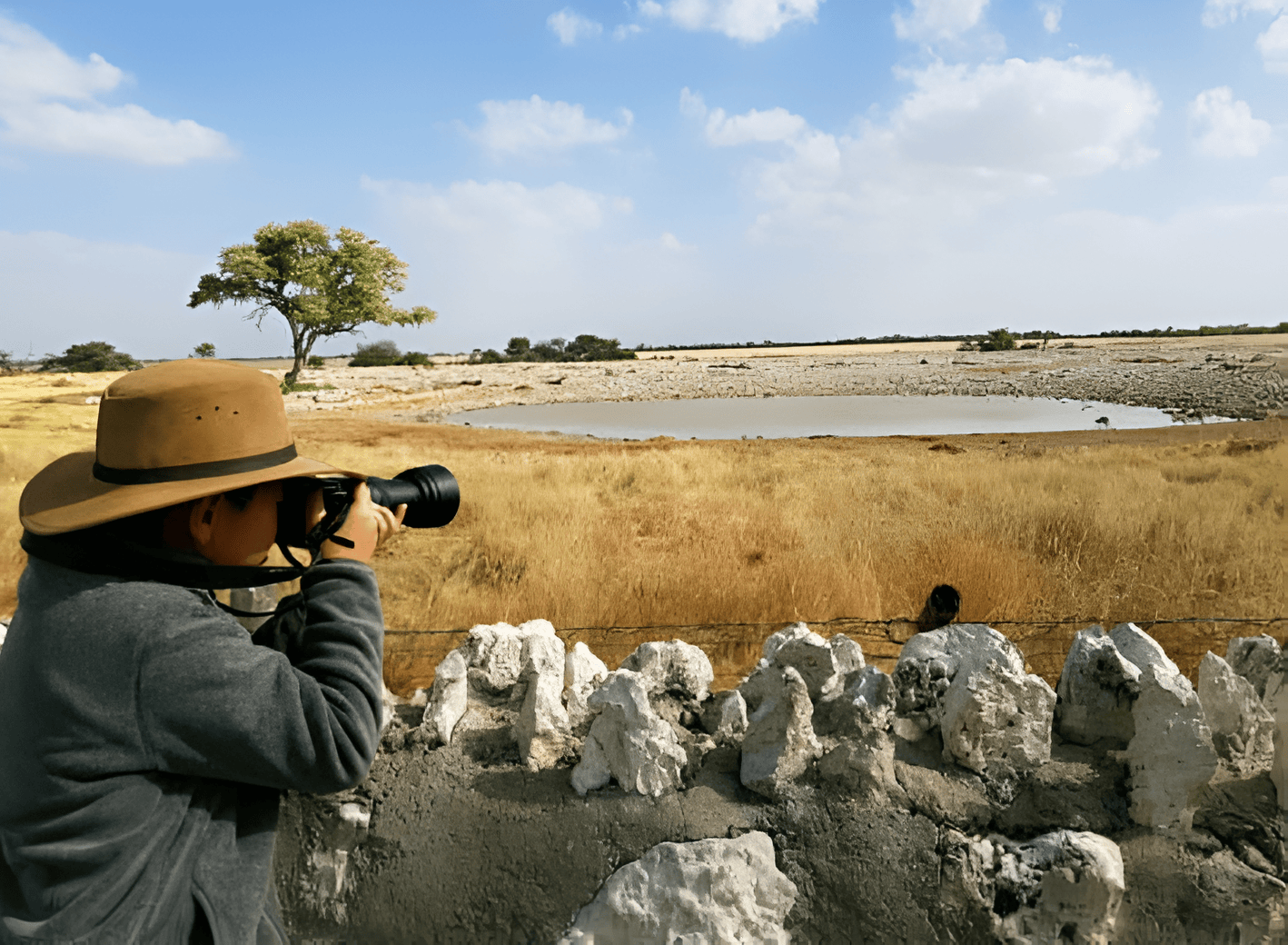Plains Game Portraits: Wildlife Photography Hacks in the Kalahari
The Kalahari’s vast desert and soft golden light make it a dream for wildlife photography. Plains Game Portraits focus on antelope such as springbok, eland, and gemsbok, which are ideal subjects for building both skill and confidence in the field.
Gear That Works in the Desert
Shooting in the Kalahari calls for reliable, lightweight equipment. A camera with a fast burst mode helps capture quick movements in herds. Telephoto lenses in the 200–600mm range allow close framing without disturbing the animals. Stability is important on sandy ground, so many photographers use monopods or beanbags, though tripods work well when shooting from fixed positions. With so much dust in the air, protective covers are also worth carrying.

Using Light to Your Advantage
Desert light can be harsh, but it also creates dramatic results when timed well. Early mornings and late afternoons soften colour and bring out warm tones. Side lighting highlights the detail of horns and coats, while backlighting can turn a herd into striking silhouettes. Midday is less forgiving, often flattening colour, so planning around the best hours of light pays off.
Wildlife Hotspots
Simple adjustments improve the impact of each shot. Lowering your angle makes antelope appear stronger against the horizon. Continuous autofocus keeps fast-moving animals sharp, and a silent shutter reduces the risk of distraction. Wide frames show the scale of the desert, while tighter crops bring attention to eyes and texture. Balancing both styles creates a stronger overall collection.

Blending into the Environment
Patience and respect matter as much as camera settings. Neutral clothing and calm behaviour help avoid drawing attention. Shooting from vehicles often provides the best access, as animals are more relaxed around them. Long lenses allow close-looking images without getting too near. Waiting quietly often rewards photographers with glimpses of natural behaviour.
Final Thoughts
Wildlife photography in the Kalahari is as much about preparation as it is about patience. Plains Game Portraits combine technical skill with the opportunity to capture animals in their natural setting, producing results that are both striking and rewarding.

